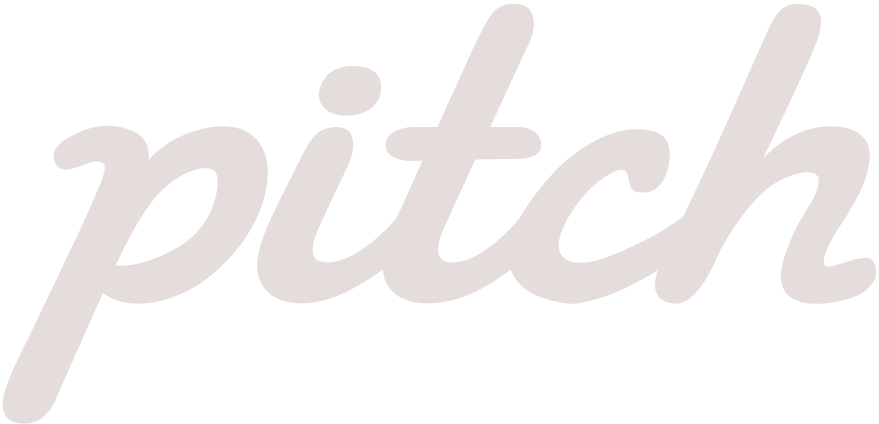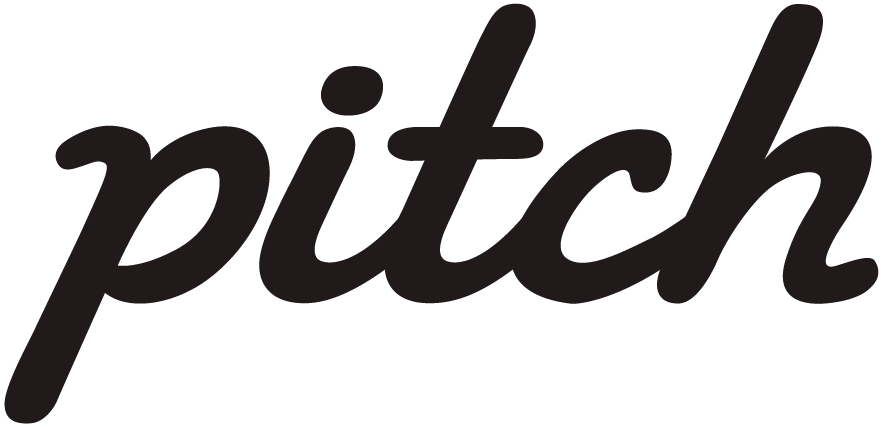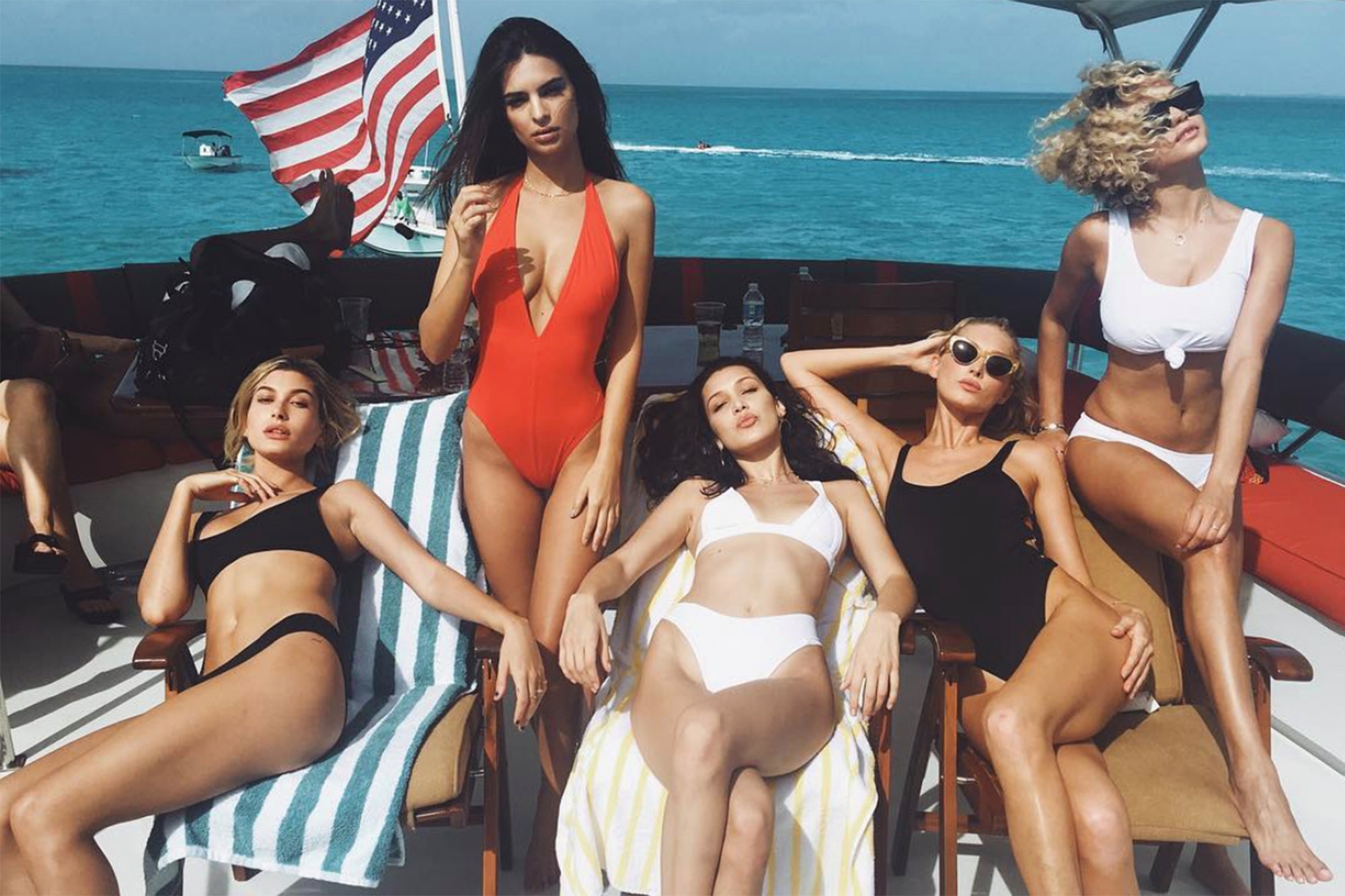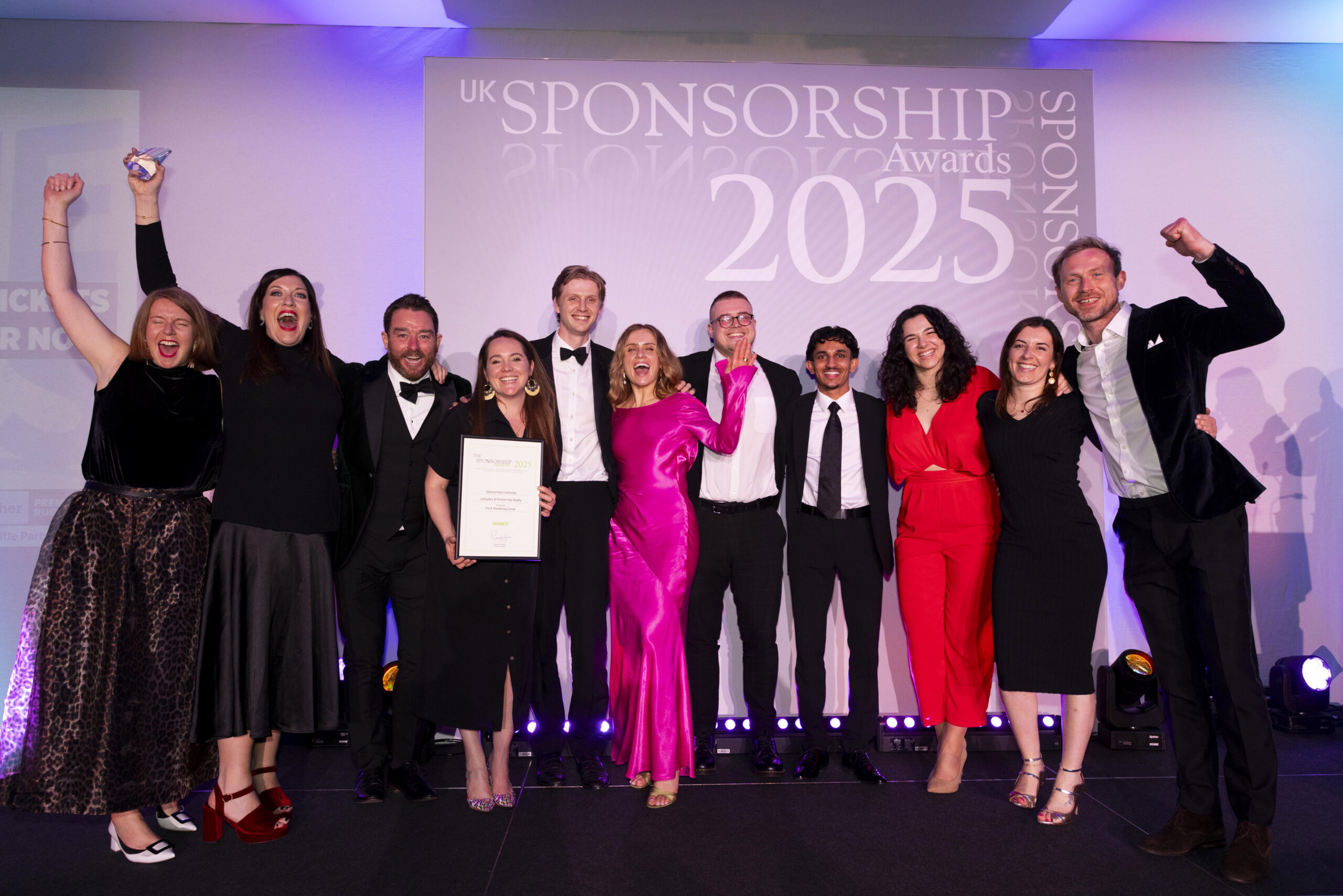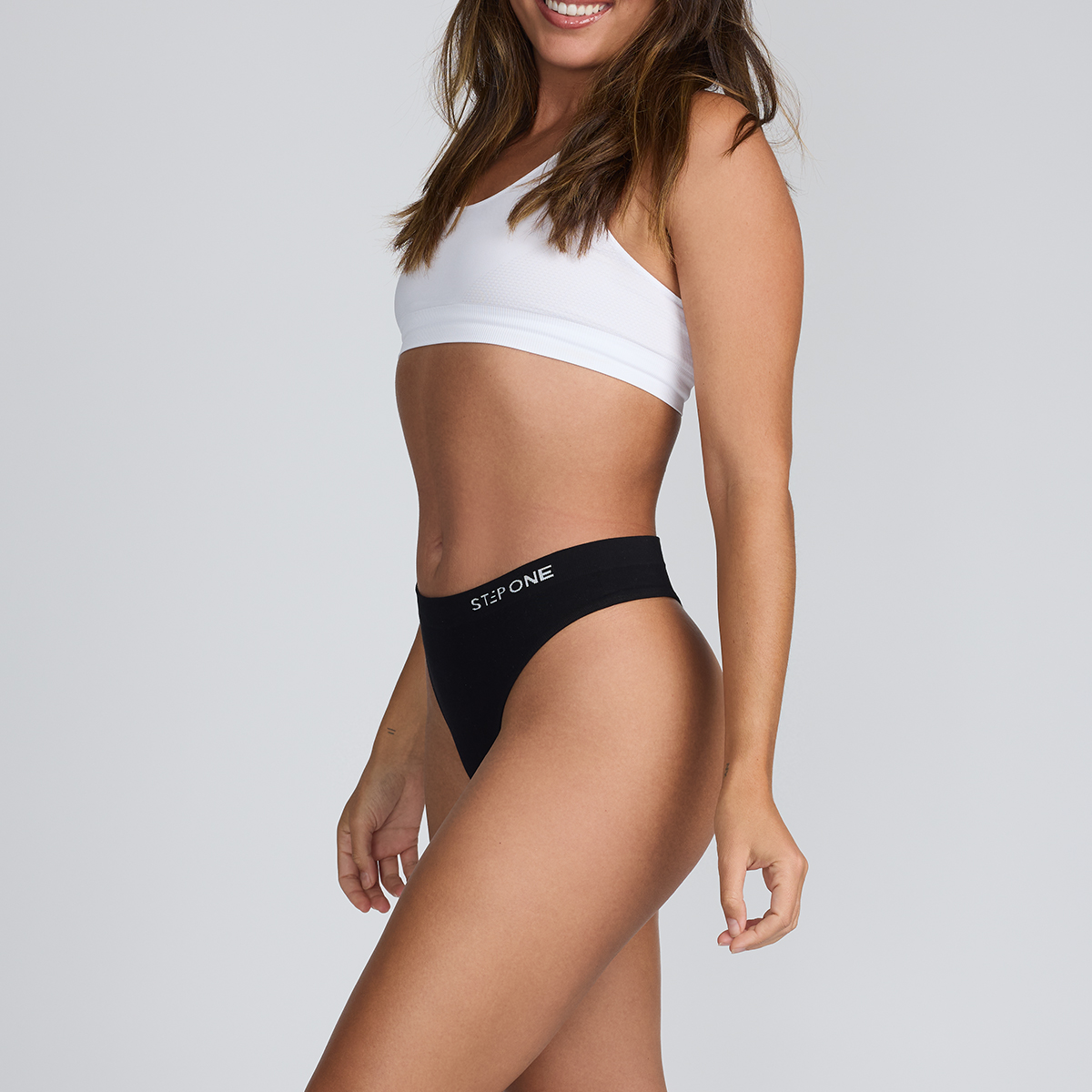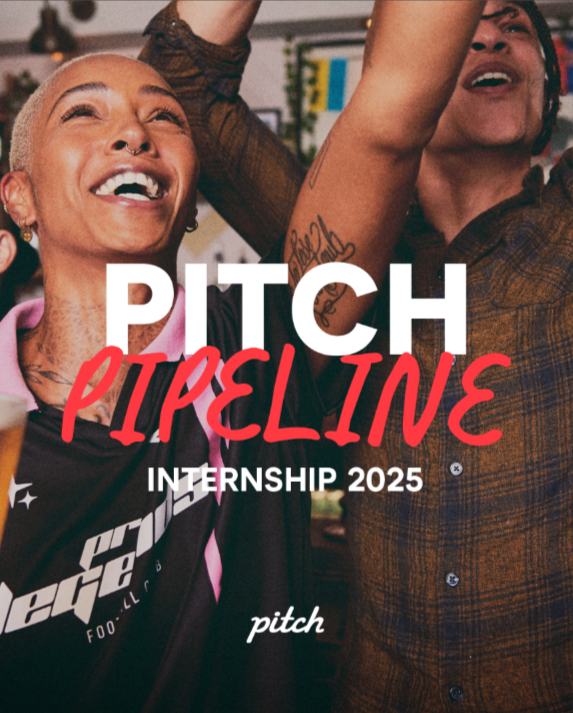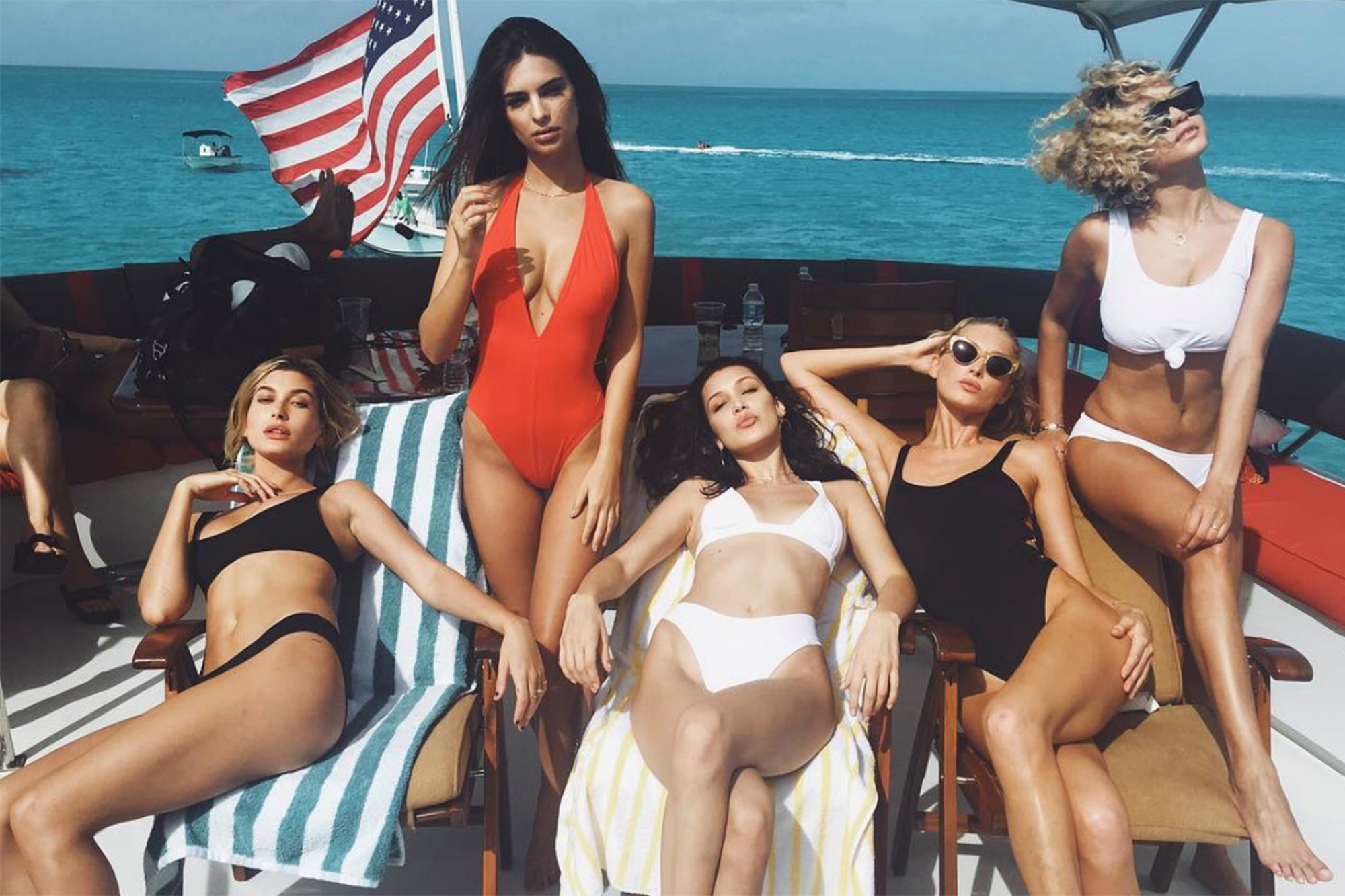
Marketed as the most exclusive and luxurious event to date, the shambles, otherwise known as Fyre Festival, has taught the PR industry a lesson in just how crazily powerful the use of influencers and social media marketing can be.
Originally planned as a stunt to promote a talent-booking app – orchestrated by tech entrepreneur Billy Farland and partner in crime rapper Ja Rule, the pair promised a festival on a golden paradise adorned with opulent villas, gourmet food and chart leading music. However, the reality was far from it.
Arriving to soaked and rotten tents, cheese and bread and no music to be heard, attendees realised they were victims of the biggest catfish to date. How could a festival that didn’t exist sell out? Fyre Festival proved that with an obscene amount of ‘money’ and some supermodel influencers you can pretty much sell anything to anyone. This begs the question: why do we idolise influencers so much? What makes them so trustworthy? And how do we remain ethical whilst using them? With the culpable festival illusionist Billy Farland sentenced to six years in prison, where exactly did he go so wrong?
You only need to look to the first stages of the festival’s marketing to see they had already shot themselves in the foot. Not because it failed, but quite the opposite. They didn’t just create a buzz across social media channels: they electrified it to a crisp.
A spine-crippling sum was spent on the marketing. So big in fact that the millionaire creators blew their budget on it. The heedless act involved flying titans of the super modelling industry over to film a promo video on the festival’s supposedly stunning Bahamian island. Kendall Jenner was reported to have been paid a jaw dropping $250,000 for a single Instagram post announcing the launch of the tickets with a discount code. To add more fuel to the ‘fyre’, models posted an ambiguous orange ‘tile’ on their Instagram pages with the hashtag #Fyrefest to stir excitement across the social media platform.
Fyre shows us how impactful utilising influencers can be. But just as misleading as the filters of Instagram, Fyre fest was fraud – something brands and influencer’s themselves need to be wary of when promoting a product or message. Activist and actress Jameela Jamil emphasises this in her I Weigh Campaign. In protest to sponsored posts that depict an unrealistic body image, she tweeted, “Give us the discount codes to your nutritionists, personal chefs, personal trainers, airbrushers and plastic surgeons you liars” reminding us that there’s always more than meets the eye.
However, we shouldn’t blame the entirety of consumers for being so gullible. Consumers are smart which perhaps explains the growing interest in “micro-influencers”. There seems to be a lot of appeal for brands surrounding these types of influencers because they have a more genuine and organic following. A study by the visual content firm Olapic found “44% of respondents in the US and UK have considered purchasing a product promoted by an influencer and 31% admitted to having already purchased one.” Micro influencers are focused towards a more niche audience base and consumers trust them because they post content that’s bespoke and genuine to them. Consumers lose loyalty when brands or influencers start posting erratic and random content that is clearly commercial.
Brands have a social responsibility to inform us of the truth and as life has always taught us: the truth always comes out. Perhaps one of the great things about social media is that “ordinary” users can have just as big of a voice as the celebrities we have lionized. Yes, it was the models that helped catalyse Fyre into the phenomenon it was, but it was a single Twitter post from your average joe revealing the unappetising cheese sandwich that helped bring the whole thing down. Brands therefore may have the tools to create an alluring fantasy, but essentially consumers will always be able to reveal a brand’s true colours.
